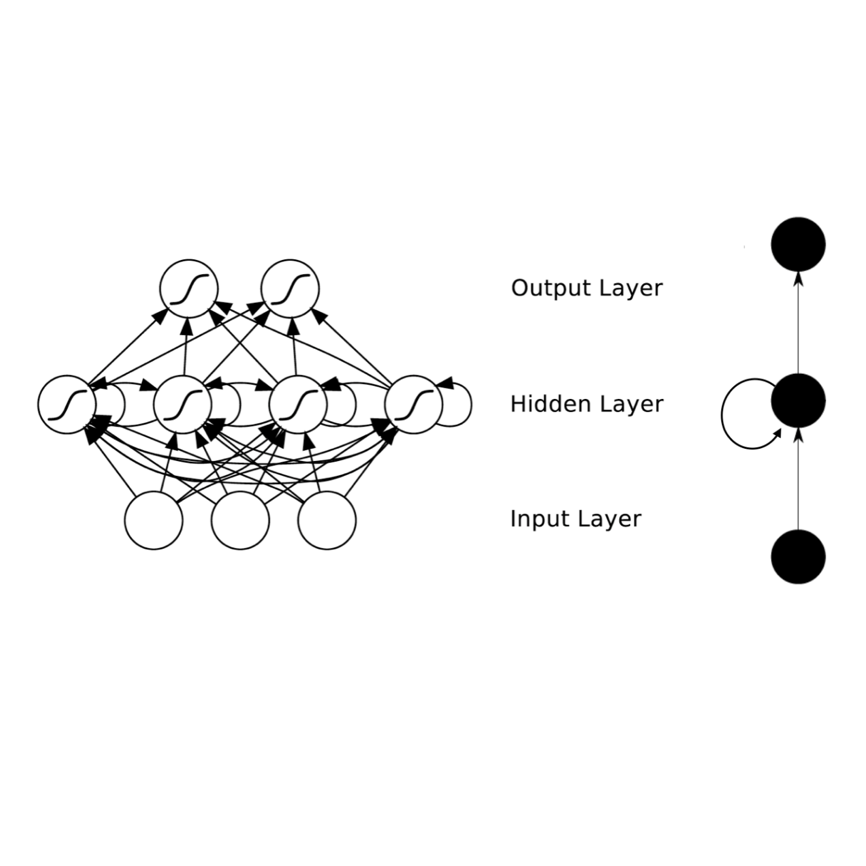Deep learning has become a breathtaking technology in the last years, overcoming traditional handcrafted approaches and even humans for many different tasks. However, in some tasks, such as the verification of handwritten signatures, the amount of publicly available data is scarce, what makes difficult to test the real limits of deep learning. In addition to the lack of public data, it is not easy to evaluate the improvements of novel proposed approaches as different databases and experimental protocols are usually considered. The main contributions of this study are: i) we provide an in-depth analysis of state-of-the-art deep learning approaches for on-line signature verification, ii) we present and describe the new DeepSignDB on-line handwritten signature biometric public database, iii) we propose a standard experimental protocol and benchmark to be used for the research community in order to perform a fair comparison of novel approaches with the state of the art, and iv) we adapt and evaluate our recent deep learning approach named Time-Aligned Recurrent Neural Networks (TA-RNNs) for the task of on-line handwritten signature verification. This approach combines the potential of Dynamic Time Warping and Recurrent Neural Networks to train more robust systems against forgeries. Our proposed TA-RNN system outperforms the state of the art, achieving results even below 2.0% EER when considering skilled forgery impostors and just one training signature per user.
翻译:深层次的学习在过去几年中已成为令人惊叹的技术,克服了传统的手工艺方法,甚至人类的很多不同任务。然而,在一些任务中,例如核实手写签名等,公开提供的数据数量很少,难以检验深层学习的真正限度。除了缺乏公共数据外,评估新提议方法的改进并非易事,因为通常考虑不同的数据库和实验协议。本研究的主要贡献是:一)我们深入分析了网上签名核查方面最先进的深层次学习方法,二)我们介绍并描述了新的深思广益数据库在线手写签名生物鉴别公共数据库,三)我们提议为研究界使用标准实验协议和基准,以便公平比较新做法与艺术现状,四)我们调整和评价我们最近称为“时间统一内部网络”(TA-RNNUS)的深层次学习方法,以完成在线签名核查任务。这一方法将动态时间转换系统和更坚实的升级网络的升级结果结合起来,并结合了动态的用户升级系统(Orental Network Net ) 的升级后,我们为一个更坚实的升级的升级的升级的系统(EERNER)网络,考虑了一种升级的升级的升级的升级的系统。





